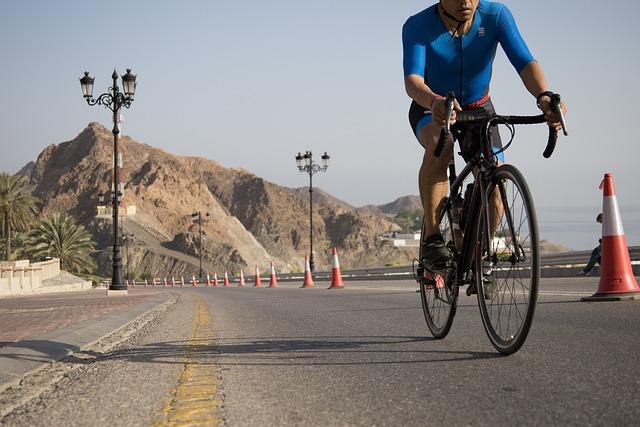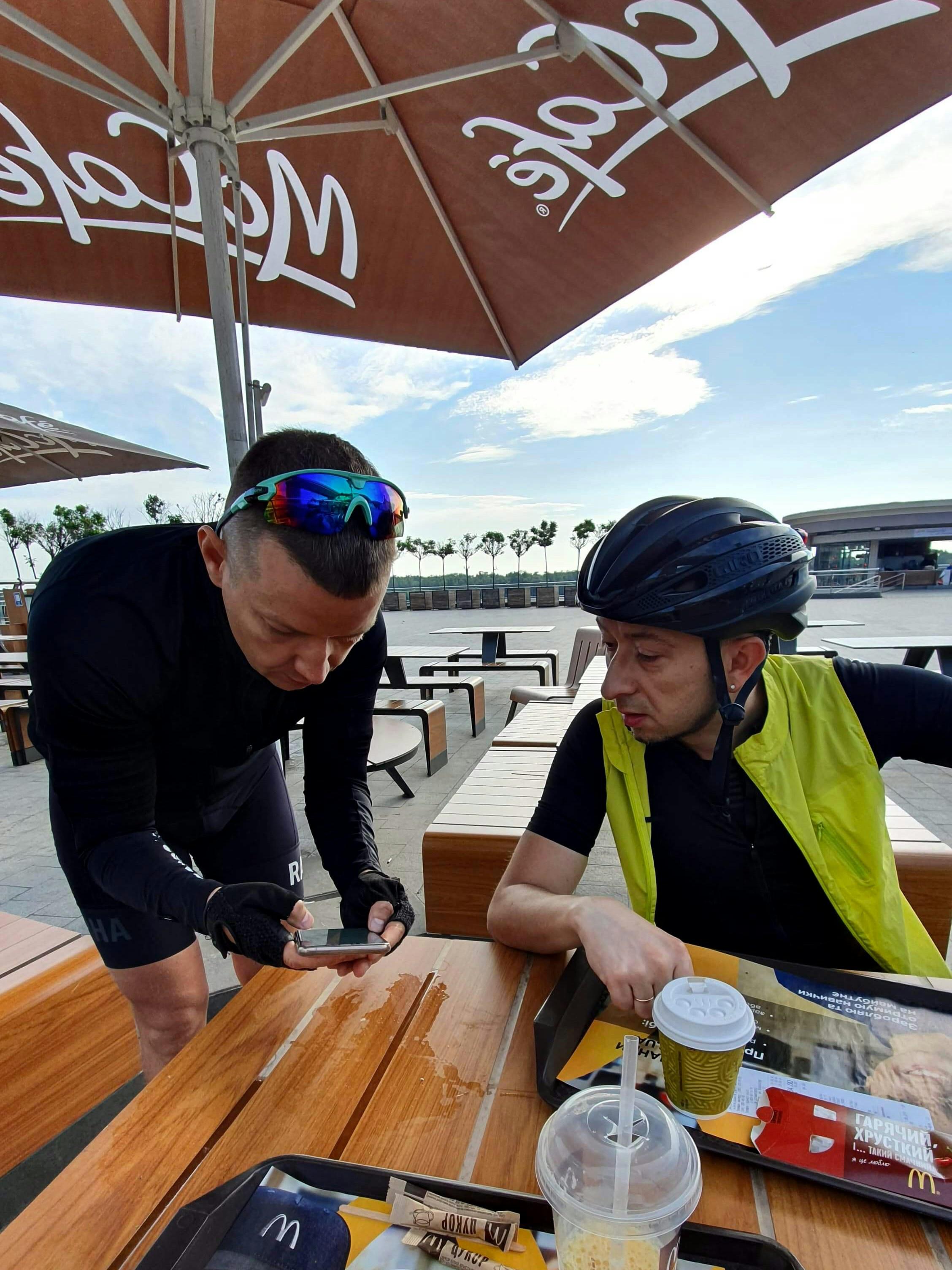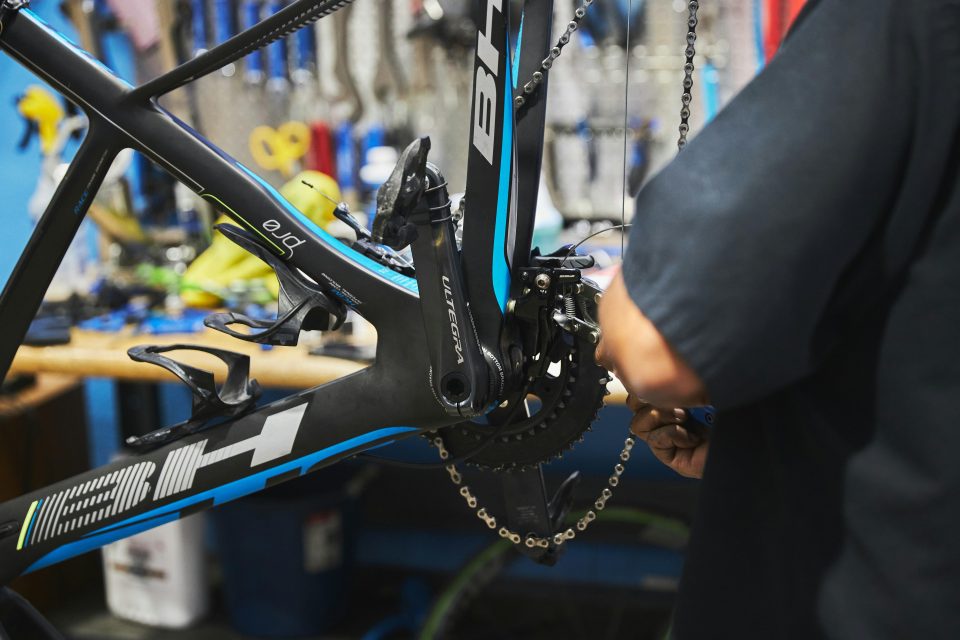In the rhythmic whirl of pedals and the whisper of tires on asphalt, cycling emerges as both a beloved pastime and a rigorous sport. It offers enthusiasts a scenic escape and a heart-pounding workout. Yet, beneath the exhilaration and the endorphin rush, a question lingers in the minds of many: Does this seemingly balanced activity lead to imbalanced muscle development? As cyclists traverse miles of terrain, engaging in what appears to be a harmonious symphony of motion, the body’s muscles are hard at work. But are they all working equally? This article delves into the anatomy of cycling, exploring whether this popular exercise inadvertently favors certain muscles over others, potentially leading to imbalances that could impact performance and health. Join us as we journey through the physiology of cycling, examining the dynamics at play and uncovering the truth behind this intriguing question. Cycling“>
Cycling“>
Understanding the Muscular Demands of Cycling
In the realm of cycling, understanding the muscular demands is crucial to optimize performance and prevent potential imbalances. Cyclists primarily engage the lower body, with the quadriceps, hamstrings, glutes, and calves taking center stage. These muscles work in harmony to generate power and maintain balance. However, the upper body is not entirely passive; the core, shoulders, and arms provide necessary stability and control.
- Quadriceps: Essential for the downstroke, providing the bulk of the pedaling power.
- Hamstrings and Glutes: Actively involved in the upstroke and maintaining posture.
- Calves: Assist in the ankle movement, contributing to a smooth pedal cycle.
- Core: Vital for maintaining balance and transferring power efficiently.
While the focus is predominantly on the legs, neglecting the upper body and core can lead to muscular imbalances over time. To mitigate this, incorporating cross-training activities that target underused muscle groups can be beneficial. By acknowledging and addressing these muscular demands, cyclists can achieve a more balanced development, enhancing both performance and overall physical health.

Analyzing Potential Imbalances in Cyclists Musculature
While cycling is an excellent cardiovascular workout that primarily engages the lower body, it often leads to an overdevelopment of certain muscle groups while neglecting others. The repetitive motion of pedaling tends to strengthen the quadriceps and calves, potentially leading to muscle imbalances. These imbalances can sometimes result in discomfort or even injury if not addressed. To maintain a well-rounded physique and ensure the longevity of one’s cycling endeavors, it’s crucial to incorporate exercises that target the opposing muscle groups.
- Hamstrings: These muscles are often underdeveloped in cyclists. Incorporating exercises like deadlifts and hamstring curls can help balance their development.
- Core: A strong core is essential for stability on the bike. Planks and rotational exercises can enhance core strength.
- Glutes: Often overshadowed by the quadriceps, glute-focused exercises such as squats and lunges can provide the necessary balance.
- Upper Body: While not as heavily involved in cycling, a strong upper body supports overall posture. Push-ups and pull-ups can be beneficial.
By diversifying their workout routine, cyclists can cultivate a more harmonious musculature, ultimately enhancing their performance and reducing the risk of injury.
Incorporating Cross-Training to Enhance Muscle Symmetry
Cross-training offers a dynamic approach to achieving balanced muscle development, particularly for avid cyclists who may experience uneven muscle growth due to repetitive motion patterns. By integrating different forms of exercise, you can target muscles that cycling alone might neglect. For instance, swimming provides a full-body workout that emphasizes the upper body and core, complementing the lower body strength gained from cycling. Similarly, incorporating yoga can enhance flexibility and address muscle imbalances by stretching and strengthening underused muscle groups.
- Strength Training: Focus on exercises like squats, deadlifts, and lunges to build leg muscles evenly and support overall body strength.
- Pilates: Offers core stability and helps in aligning the body, which can correct any asymmetries caused by cycling.
- Rowing: Engages the entire body and balances the emphasis on the lower body by also strengthening the back and arms.
Incorporating these varied activities not only promotes muscle symmetry but also reduces the risk of injury and enhances overall athletic performance. Embrace a holistic approach to fitness by diversifying your workout routine, ensuring that each muscle group gets the attention it deserves.

Expert Tips for Balanced Muscle Development in Cyclists
For cyclists aiming to achieve a harmonious physique, incorporating diverse training strategies is key. Cross-training can be an invaluable addition to a cyclist’s routine, targeting muscle groups that aren’t heavily engaged during cycling. Activities such as swimming, yoga, and weightlifting can enhance flexibility and strength, promoting a more balanced muscular development. Consider the following strategies to optimize your training:
- Strength Training: Incorporate exercises like squats, lunges, and deadlifts to target and strengthen the lower body, while also including upper body workouts like push-ups and pull-ups.
- Core Workouts: Engage in planks, Russian twists, and leg raises to develop a strong core, crucial for maintaining stability and power on the bike.
- Flexibility and Mobility: Regular stretching and mobility exercises can help prevent stiffness and enhance overall muscle function.
Balancing your cycling regimen with these complementary exercises ensures a more symmetrical muscle development, reducing the risk of injury and enhancing overall performance.

